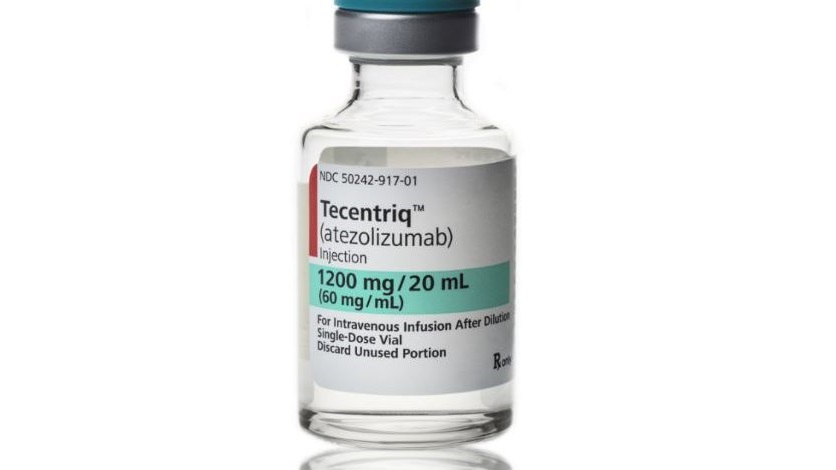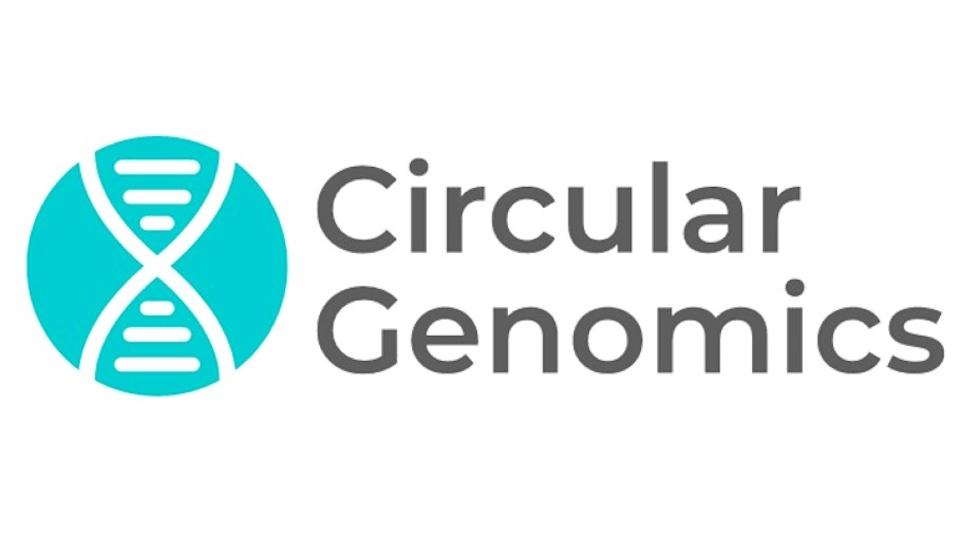Roche's Tecentriq posts trial wins in two key indications

Roche has scored two big wins with its Tecentriq cancer immunotherapy at ESMO in tough to treat triple negative breast cancer, and untreated lung cancer, as the company plays catch-up with Merck & Co’s blockbuster rival Keytruda.
Merck’s Keytruda (pembrolizumab) is massively outselling Tecentriq (atezolizumab) after getting to market several years earlier and gaining approval in a wide range of different cancer indications and combinations.
In the first half of this year, Tecentriq’s sales were around $320 million with three FDA approved indications, while Keytruda amassed around $3.1 billion.
With Keytruda's huge lead it’s unlikely that Roche will catch up any time soon, but the latest sets of trial results could help it gain traction in the market for cancer immunotherapies.
First up at the European Society for Medical Oncology (ESMO) conference in Munich was data from an interim analysis of a combination of Tecentriq and Celgene’s chemotherapy Abraxane (nab-paclitaxel) in triple negative breast cancer.
Results from the whole study group in the phase III IMpassion130 trial showed the combination produced progression-free survival of 7.2 months, compared with 5.5 months in a chemotherapy control arm.
In those patients whose tumours tested positive for the biomarker PD-L1, the results were similar, with the Tecentriq/Abraxane arm showing PFS of 7.5 months, compared with five months in the control group.
Overall survival figures were not ready as the trial is ongoing, but the company noted the figures seemed to be going the right way, with a “clinically meaningful” improvement in the PD-L1 patient group already apparent.
Roche has already shared findings of the trial involving 902 patients with regulators to add another indication to Tecentriq’s label.
The Swiss pharma followed up with data from the phase 3 IMpower130 study in advanced non-squamous non-small cell lung cancer, where Tecentriq was tested in combination with carboplatin and Abraxane, against chemotherapy alone.
Accounting for around 40% of lung cancer patients, first line non-squamous non-small cell lung cancer is a key market for immunotherapy manufacturers, where Keytruda has set a new standard of care.
The latest data from Roche could allow Tecentriq to be used in all patients in the group, irrespective of whether they have cancer expressing the PD-L1 biomarker.
The analysis showed Tecentriq significantly improved overall survival compared with chemotherapy alone – patients on Tecentriq lived for a median of 18.6 months compared with 13.9 months in the chemo control arm.
The Tecentriq combination significantly reduced risk of disease worsening or death, with progression free survival having a median of seven months compared with 5.5 months on chemo alone.
Safety for the Tecentriq plus chemotherapy combination appeared consistent with the known safety profile of the individual medicines, and no new safety signals were identified with the combination.
The lung cancer data could give patients a new option, said ESMO’s expert Alessandra Curioni, head of the Thoracic Oncology Unit at University Hospital Zurich.
What’s not available is head-to-head trial data to see which of the drug combinations works best, and it is considered bad form in the medical world to try and draw comparisons from data in two different trials.
With such data also unlikely to emerge, Curioni said the findings could be important in countries where Abraxane is the most commonly used chemotherapy.
This includes the US, and could mean doctors most used to prescribing Abraxane would choose the Roche combination over Tecentriq.
Curioni told pharmaphorum in an interview on the sidelines of the conference: “It depends on the country and the availability of chemotherapy drugs.”
The different drug regimens will have “completely different side effects” she noted, which will also inform patients’ and doctors’ choices.
There is also the issue of cost and whether organisations such as NICE in Europe decide to recommend funding from publicly funded healthcare systems if the combinations are approved.













